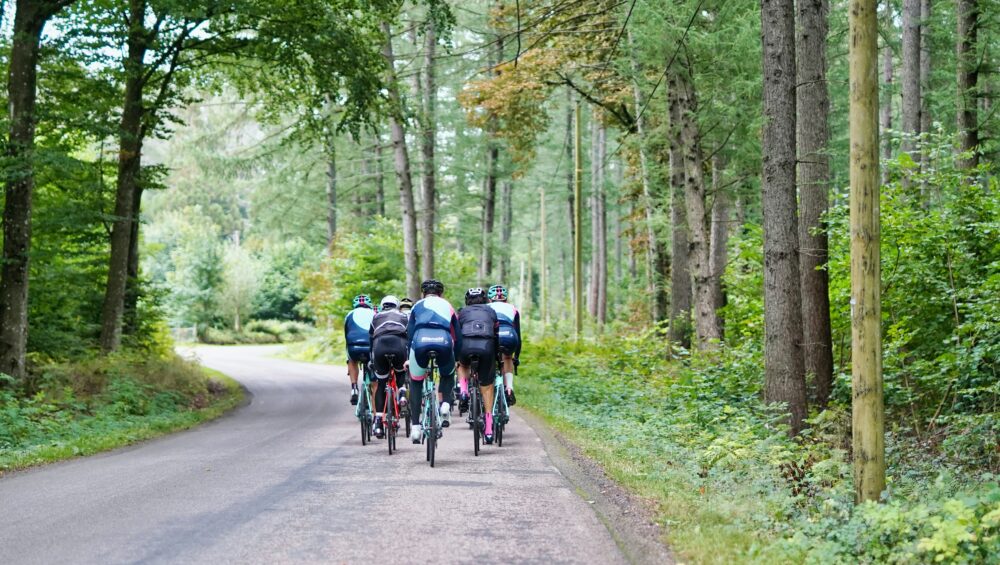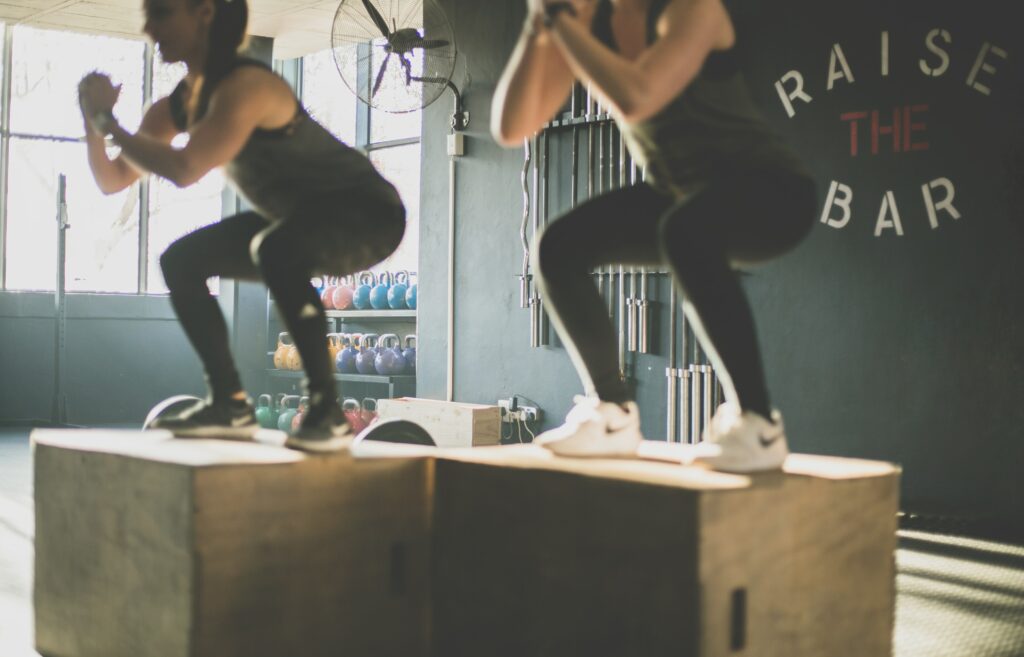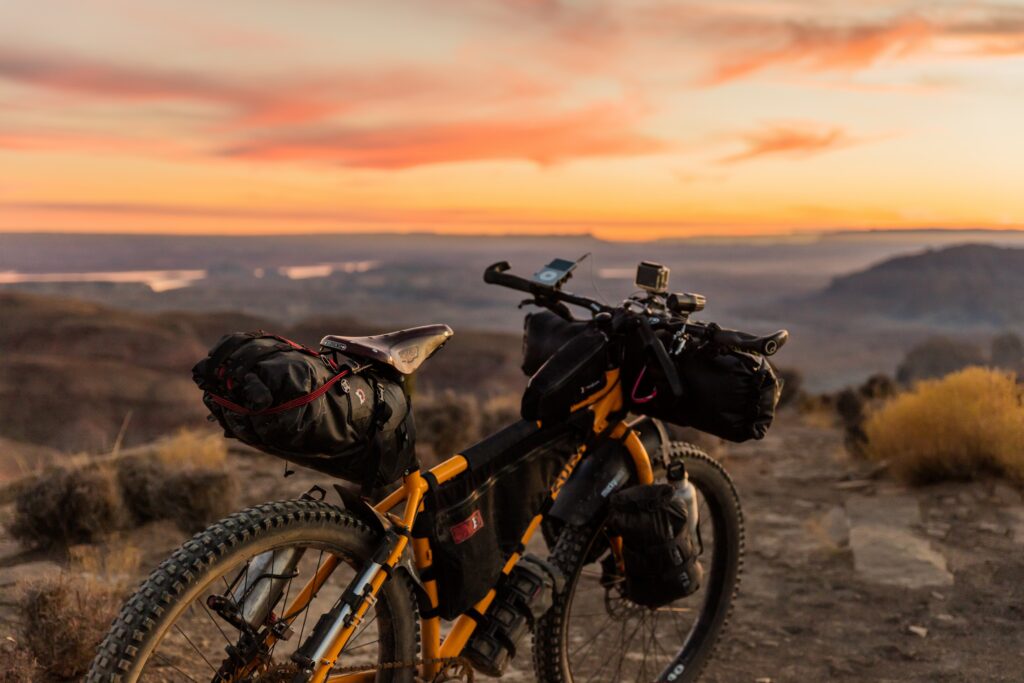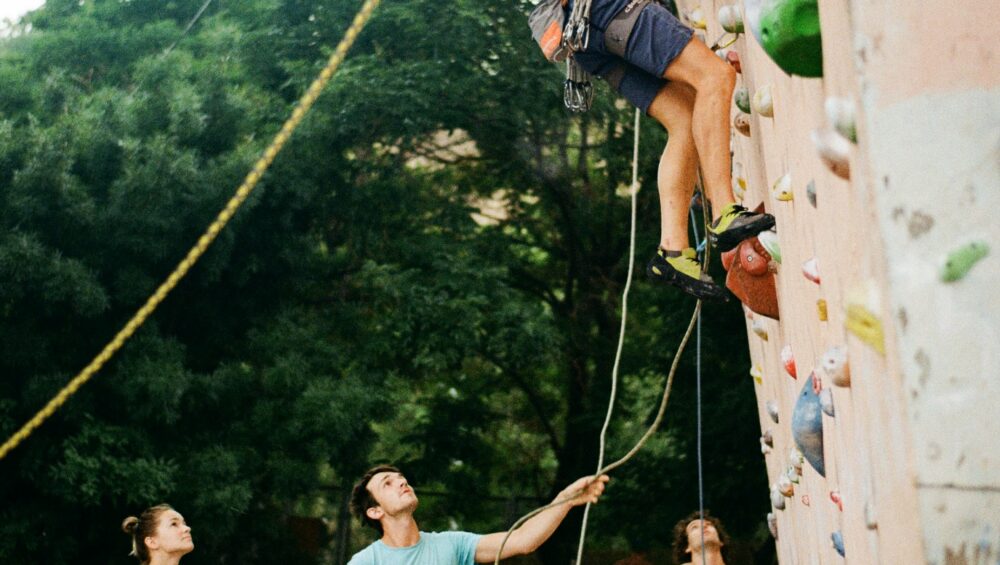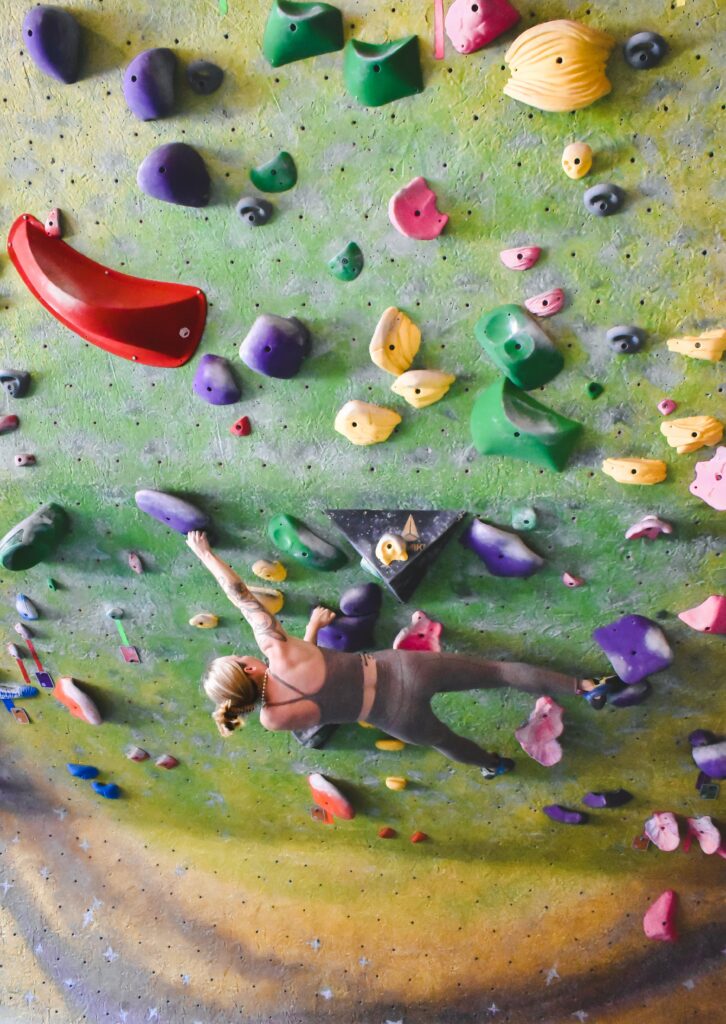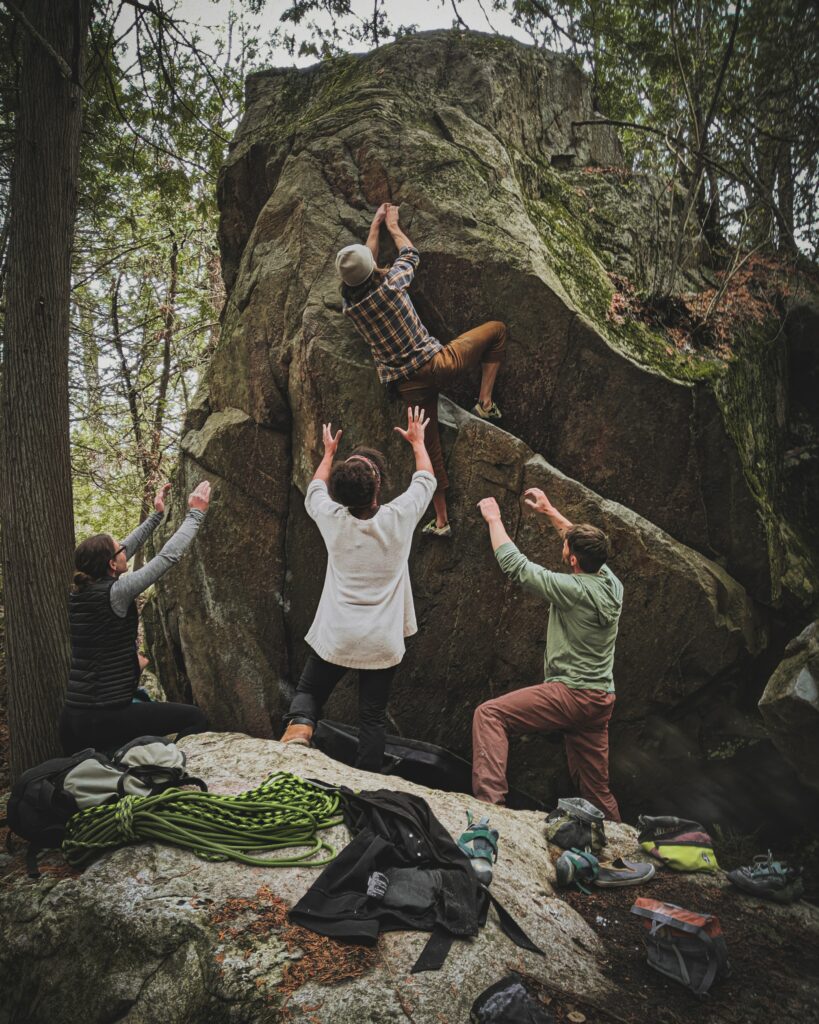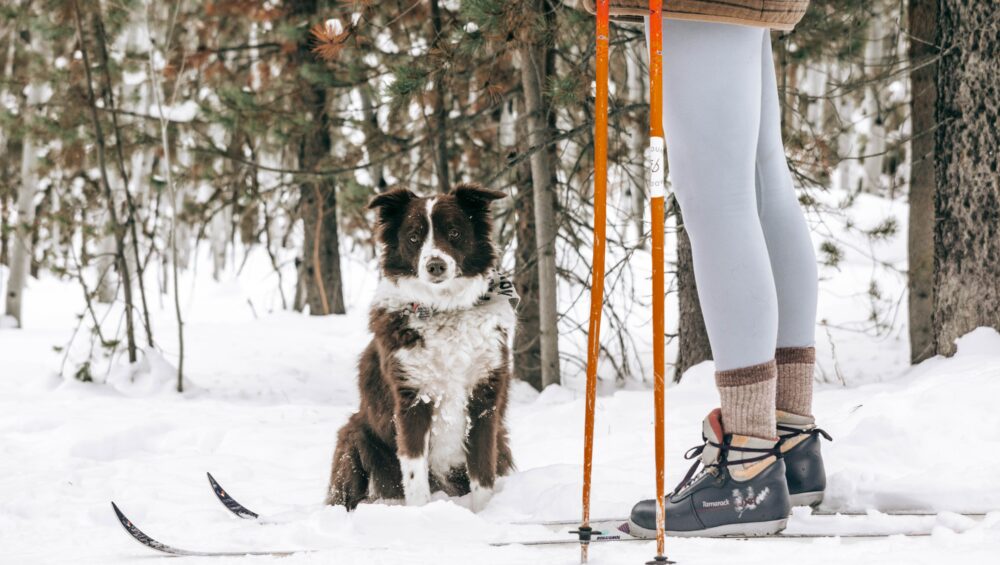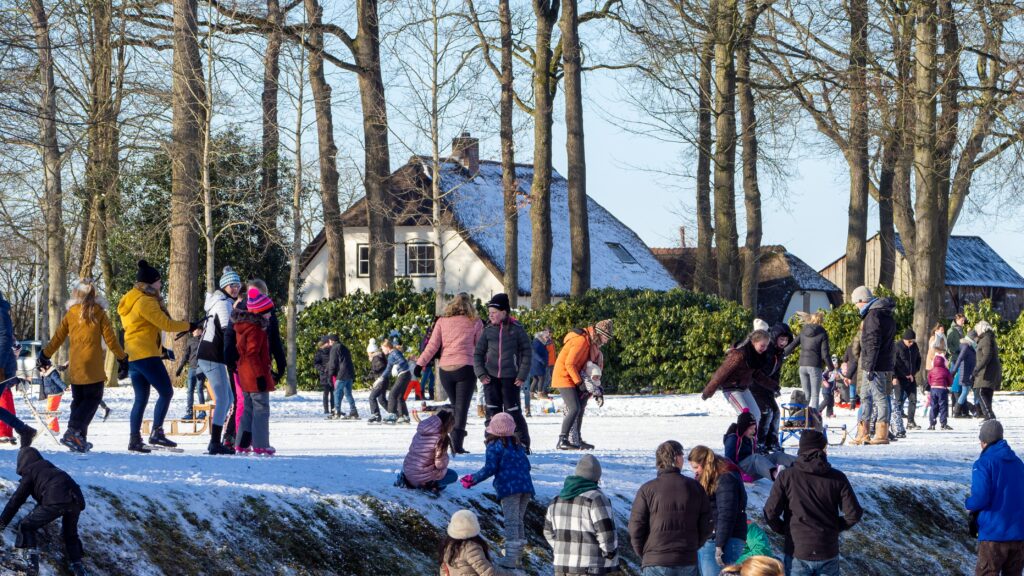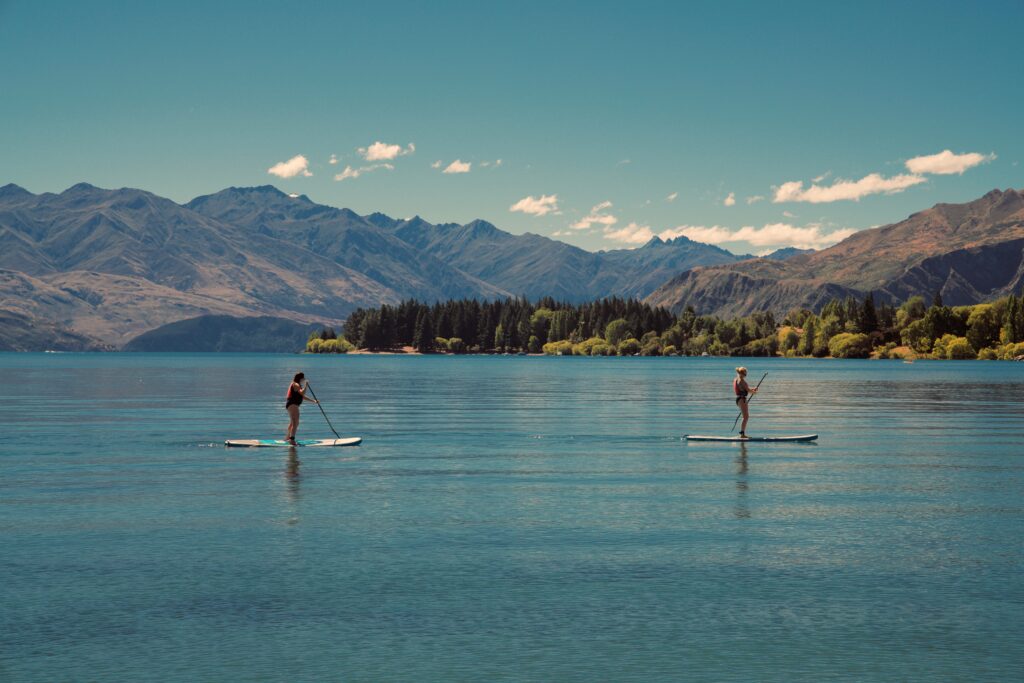If you’re looking for an adventure off the beaten path, there are so many unique day trips from Colorado Springs. Whatever your interest, there are plenty of options around central and eastern Colorado. Within a couple of hours’ drive, you could explore a part of nature like nothing you’ve seen before. Each list is arranged by distance, and there are suggestions for hikers, loungers, learners, and more.
Educational Day Trips from Colorado Springs
Manitou Cliff Dwellings
Location: 10 Cliff Rd, Manitou Springs, CO 80829
Distance from Downtown Colorado Springs: 15 minutes
Activity: Walking Tour
Great for: Families, Young Kids
Just across 24 from Manitou Springs, the Manitou Cliff Dwellings are open to the public for self-guided tours. This experience regularly makes lists of must-see Colorado Springs attractions. Why? This museum and tourist attraction is a replica of ancient cliff dwellings built by Ancestral Puebloans found in the Four Corners region. Built over a hundred years ago, in 1903, to divert tourists from the true, protected sites. It was created using materials from a collapsed archeological site, and the museum has pottery, tools, weapons, and more. This is a great place to take the kids to learn about archeology and history. They can walk through the cliff dwellings and see artifacts and dioramas within a cave museum.
Paint Mines Interpretive Park
Location: 29950 Paint Mine Rd, Calhan, CO 80808
Distance from Downtown Colorado Springs: 45 minutes
Activity: Hiking
Great for: Families, Couples
At under an hour from downtown Colorado Springs, Paint Mines Interpretive Park just outside Calhan, Colorado is easily accessible. It can be quite busy on the 3.4-mile loop trail, and it is no wonder why. The beautiful layers of different colored clays, which Natives used to make paint, create stunning scenery. The park has evidence of human life as far back as 9,000 years. The park is open year-round and free, although sadly pets are prohibited.
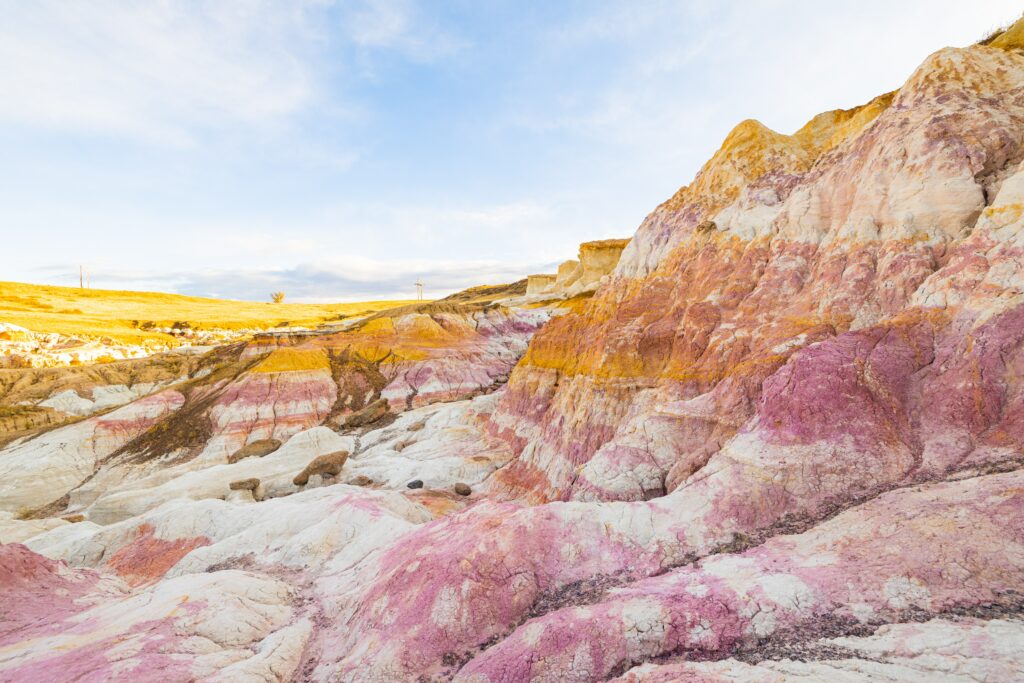
Florissant Fossil Beds National Monument
Location: 15807 Co Rd 1, Florissant, CO 80816
Distance from Downtown Colorado Springs: 45 minutes
Activity: Walking Tour
Great for: Families, Kids
The Florissant Fossil Beds National Monument is an underrated but great day trip near Colorado Springs. Especially if you have little ones who love dinosaurs and rocks, this park is the place to be. The Florissant Formation is a petrified tree stump, one of many you can see on the mile loop trail. It is estimated to be 34 million years old and has been well-preserved due to volcanic ash. You can see preserved insect and plant fossils in the rock, as well as layers of clay and mud. Just past Divide, Colorado, this is an easy day trip from Colorado Springs and perfect for teaching the kids about geology. The monument is open year-round and has 14 miles of other trails as well.
Rocky Mountain National Park
Location: Beaver Meadows Visitors Center, 1000 US-36, Estes Park, CO 80517
Distance from Downtown Colorado Springs: 2 hours, 15 minutes
Activity: Hiking, Sightseeing
Great for: Everyone!
If you haven’t been to Rocky Mountain yet, it needs to be at the top of your list. This is one of the more famed National Parks in the country and for good reason. This 414-square-mile park is home to some stunning scenery and a variety of exciting wildlife. You could spot moose, elk, bighorn sheep, bears, deer, and more. The park’s many trails are great for hiking, horseback riding, backpacking, and cross-country skiing. You can also rock climb or boulder, fish for trout, and birdwatch. There’s something for everyone here, with plenty of romantic adventures for couples and educational tours for kids.
Great Sand Dunes National Park and Preserve
Location: Great Sand Dunes Visitors Center, 11999 CO-150, Mosca, CO 81146
Distance from Downtown Colorado Springs: 2 hours, 30 minutes
Activity: Hiking, Sightseeing
Great for: Everyone!
Great Sand Dunes National Park is not one of the most famous in our parks system, but that doesn’t mean it isn’t interesting. These sand dunes are the tallest in North America, reaching heights up to 750 feet. They cover 30 square miles and contain an estimated 5 billion cubic meters of sand. Hiking the sand dunes is a fun way to explore, but there are better options. Sandboarding and sand-sledding are two unique ways to experience the dunes. You can rent gear in the nearby town of Alamosa and practice your new favorite sport!
Thrill-Seeker Day Trips Near Colorado Springs
Royal Gorge Bridge and Park
Location: 4218 Co Rd 3A, Cañon City, CO 81212
Distance from Downtown Colorado Springs: 1 hour, 15 minutes
Activity: Theme Park
Great for: Families, Kids
Built for tourism in 1929, the Royal Gorge Bridge is suspended 956 feet over the Arkansas River. It is one of the highest suspension bridges in the world as well as the highest in the United States. The views from the bridge are absolutely breathtaking. But that’s not even it. The park also has activities for adventurers of all ages. You can ride the sky coaster or gondola, rock climb up the gorge on the Via Ferrata, or take a heart-pounding zip line 1,200 feet above the river.
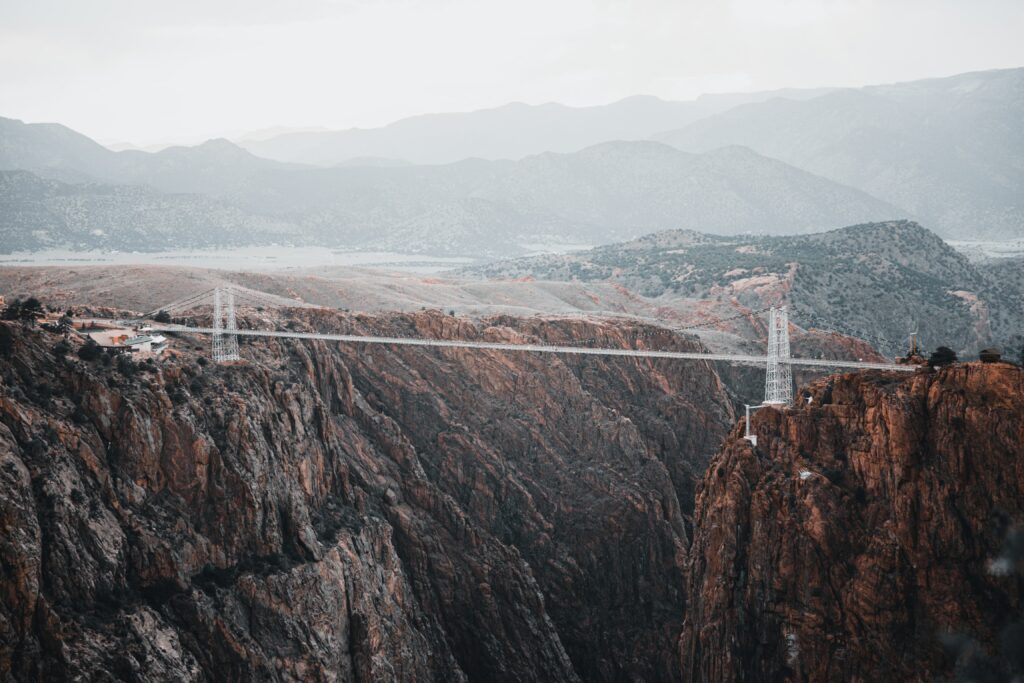
Bishop Castle
Location: 12705 CO-165, Rye, CO 81069
Distance from Downtown Colorado Springs: 1 hour, 30 minutes
Activity: Sightseeing, Walking Tour
Great for: Families
Bishop Castle is an odd but unique stop to add to your Colorado bucket list. Due south of Colorado Springs, this is mainly a tourist attraction, but it is free and always open. There are no official tours, but visitors are welcome to explore the entirety of the castle on their own. The castle is built by one man, Jim Bishop, who has been working on it for sixty years. You can see beautiful stained glass windows and a fire-breathing dragon. What puts Bishop Castle on this list, however, are the views. At three stories tall with towers and iron bridges, the castle soars over the tree line. You can see for a hundred miles on a clear day, and it is breathtaking. If you aren’t afraid of heights or odd architecture, you will be rewarded with outstanding views.
Glenwood Caverns Adventure Park
Location: 51000 Two Rivers Plaza Road, Glenwood Springs, CO 81601
Distance from Downtown Colorado Springs: 3 hours, 30 minutes
Activity: Walking Tour, Theme Park
Great for: Families, Kids
There are closer caves and caverns (namely Cave of the Winds Mountain Park in Manitou Springs). But Glenwood Caverns has so much to offer that it is certainly worth the drive. You and your kids can learn about geology with a 40-minute guided walking tour of the cave system. Then, check out the gondola, roller coasters, movie theater, laser tag arena, and more. This is a great weekend getaway with activities the whole family can enjoy.
Relaxing Day Trips Near Colorado Springs
Pikes Peak Cog Railway
Location: 515 Ruxton Ave, Manitou Springs, CO 80829
Distance from Downtown Colorado Springs: 20 minutes
Activity: Sightseeing
Great for: Families, Couples
One way to sightsee from the comfort of indoors is the cog railway. Enjoy a scenic tour of the mountain as the train takes you nine miles to the summit. This 3.5-hour round-trip route offers non-stop sightseeing, and it’s ideal for a fall day trip. Pikes Peak is one of the best places to see fall colors in Colorado Springs, so this is a great day trip when the trees start to turn. At the 14,115-foot summit, there are beautiful panoramic views of the surrounding Front Range of the Rockies. The newly built Summit Visitors Center has a restaurant where you can enjoy a meal and shops so you can grab a souvenir. If you are looking for a more adventurous way to experience Pikes Peak, the Cog Up, Bike Down Tour is an adrenaline junkie’s dream.
Indian Hot Springs
Location: 302 Soda Creek Rd, Idaho Springs, CO 80452
Distance from Downtown Colorado Springs: 1 hour, 30 minutes
Activity: Relaxation
Great for: Couples
Colorado is full of geothermal hot springs, but not all of them are equally amazing. Just west of Denver, Indian Hot Springs is one of the best places near Colorado Springs to get your soak on. This gorgeous getaway has a mineral water swimming pool geothermally heated around 90-100 degrees. There are also thermal caves, mud baths with mineral-rich clay, and outdoor jacuzzis. They even have eleven private baths for rental, a spa, and rooms and suites for a weekend retreat. If you are looking for a relaxing day trip from Colorado Springs, this one is unbeatable.
Final Thoughts
There are so many ways to get outdoors and enjoy nature in Colorado. No matter what activities you enjoy, there is sure to be something for you. And if driving isn’t your thing, that’s fine, too. If you’re looking for something closer to home, Colorado Springs has plenty of local adventures within easy reach. You can enjoy a bike tour, zip line, or scavenger hunt right here in town. Check out the Broadmoor Outfitters’ guided tours to enjoy Colorado Springs’ natural environment and learn a new skill.


